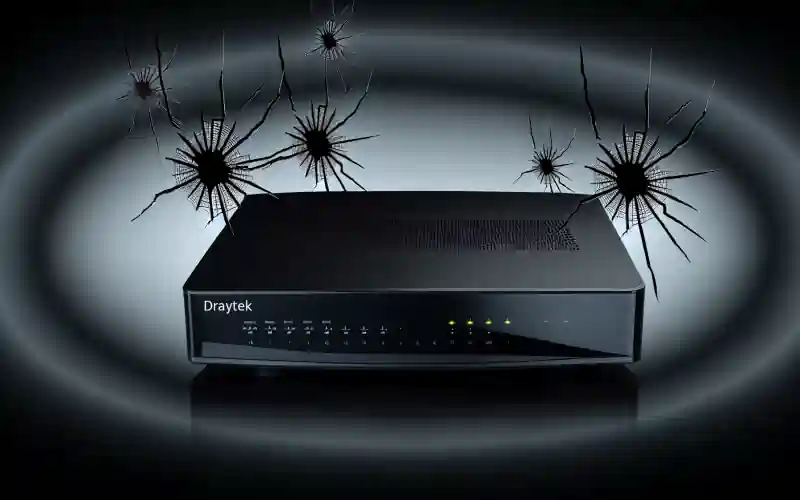
“Securing the Network: DrayTek Routers Face Critical Threats with Fourteen Newly Discovered Vulnerabilities”
**Critical Security Alert: Unpacking the New DrayTek Router Vulnerabilities and Their Impact on Global Business Networks**
In the ever-evolving landscape of cybersecurity, a new alarm has sounded for businesses worldwide, particularly those relying on DrayTek Vigor routers. Researchers have unearthed fourteen new vulnerabilities in these devices, including a critical flaw that allows for remote code execution, which has been given the highest severity score possible: a perfect 10 on the CVSS scale. This discovery is particularly concerning given the widespread use of DrayTek routers in sectors such as healthcare, retail, and government—areas where security is paramount.
DrayTek, known for its robust networking solutions that include VPN capabilities, firewalls, and advanced bandwidth management, has built a reputation for reliability. However, the recent findings by Forescout’s Vedere Labs highlight a stark reality: over 704,000 of these routers have their web interfaces exposed to the public internet. This exposure is contrary to DrayTek’s own recommendations that these interfaces should be accessible only from local networks. The implications are grave; such vulnerabilities open the door wide for cybercriminals to potentially take control of the routers, pilfer sensitive data, deploy ransomware, or initiate devastating denial-of-service attacks.
The situation is made more dire by the fact that DrayTek routers are a favored target among sophisticated cyber threat actors, including Chinese advanced persistent threats (APTs). Recent FBI reports have shed light on how Chinese government spies have previously exploited vulnerabilities in these routers to assemble a massive botnet of 260,000 devices. This kind of state-sponsored espionage and sabotage adds another layer of urgency to addressing these security flaws.
In response to these threats, DrayTek has acted swiftly by releasing patches for all fourteen CVEs identified, covering both currently supported models and those that have reached end-of-life. Among these vulnerabilities, two stand out due to their severity. The first, CVE-2024-41592, involves a buffer overflow vulnerability that allows unauthenticated users to either execute remote code or cause a denial of service. The second, CVE-2024-41585, is an OS command injection flaw that permits attacks from the guest OS on the host OS. These vulnerabilities are particularly alarming because they can be exploited together to gain remote root access to the host operating system of affected devices.
Given these risks, it is imperative for users of DrayTek routers to take immediate action to secure their devices. Disabling remote access features unless absolutely necessary should be a priority. For those who require remote access, implementing robust security measures such as two-factor authentication and access control lists is crucial. Additionally, employing network segmentation and enforcing strong password policies can further shield networks from unauthorized access. Regular monitoring for unusual activity on network devices will also help in early detection of potential breaches.
The affected models include high-performance routers like Vigor1000B, Vigor2962, and Vigor3910 among others. These models are not only prevalent in numerous business environments but also possess capabilities that make them attractive targets for use as command-and-control servers by malicious actors.
This recent revelation serves as a stark reminder of the critical need for businesses to fortify their network infrastructure against increasingly sophisticated cyber threats. By staying vigilant and applying the necessary patches provided by DrayTek, organizations can safeguard themselves against potential exploitation and ensure the security of their digital assets and operations. In today’s digital age, complacency can lead to catastrophic consequences; proactive cybersecurity measures are not just recommended—they are essential.














